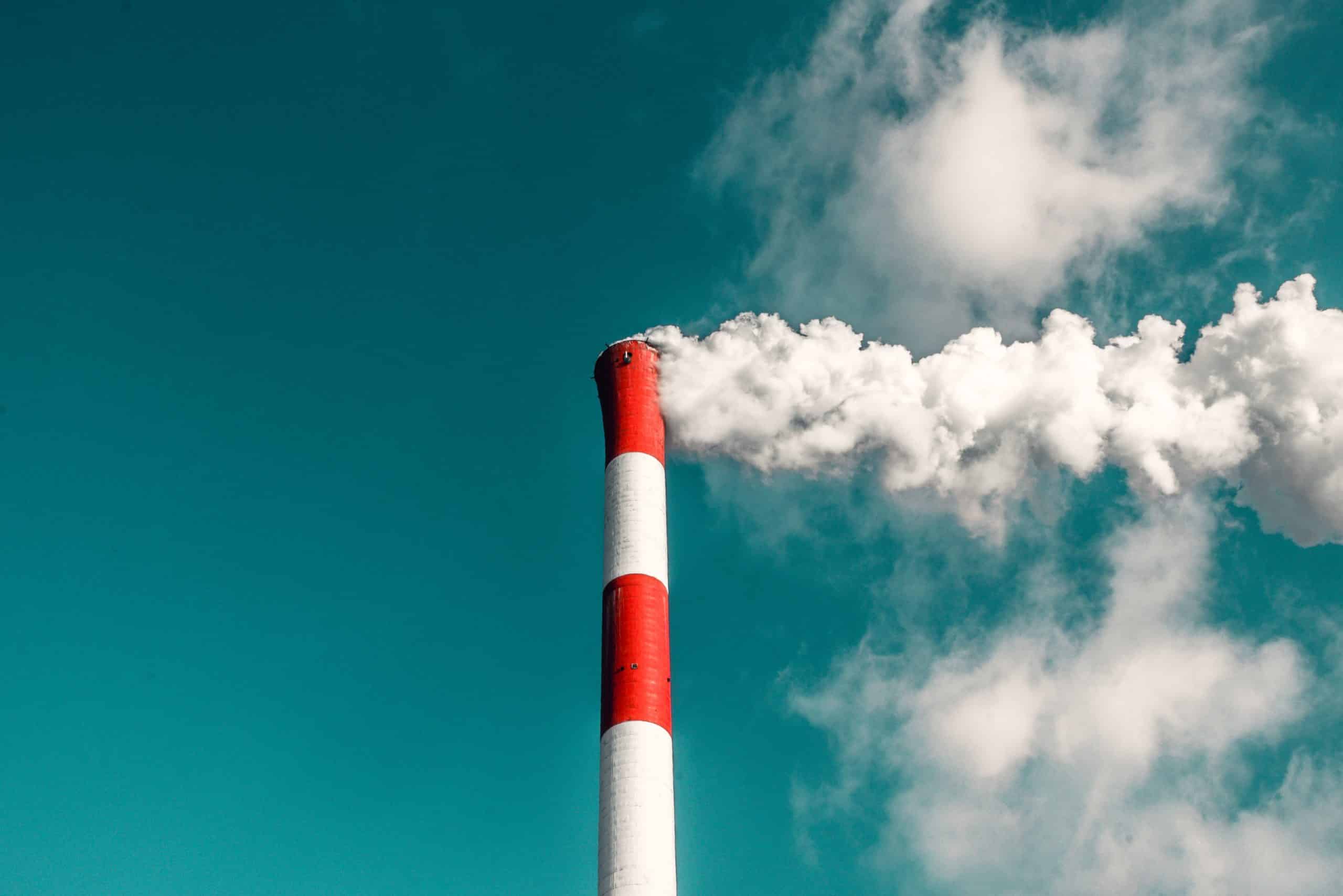Published the 22/08/2022

Hydrogen is an energy of the future. But the hydrogen manufacturing method is essential to know whether or not this hydrogen will have an impact on our carbon balance. Indeed, only hydrogen manufactured in a renewable way really decarbonizes our activities.
The rise of hydrogen as a solution to decarbonize our activities
Hydrogen as an energy carrier is increasingly popular as a solution for decarbonizing our activities. This is the case in transportation in particular. And for good reason: when a hydrogen vehicle travels, it does not emit any greenhouse gases. An unprecedented technological advance if we consider, for example, that a bus traveling in the city with natural gas emits almost 1kg of CO2 per km.
Like electric vehicles, hydrogen vehicles also have the advantage of being silent. Here again, it is easy to imagine all the benefits it would represent if a household dumpster were circulating in the evening or morning in our streets without any engine noise! Last but not least, is the loading time. That’s why the biggest car manufacturers are betting on this technology. For example, for the latest Toyota Mirai hydrogen, a few minutes (about 5′) are enough to fill up for a range of 600 km.
Like any industrial innovation, and despite a certain enthusiasm, the effective launch of this technology takes time. While hydrogen cars are already a reality, manufacturers are still developing heavier vehicle ranges such as trucks and industrial vehicles. As for the train or the plane, it will probably take a few more years to see them travel with passengers on board.
A network of hydrogen service stations is also to be developed. This is a goal set by the European Commission. By 2030, it will be mandatory to install hydrogen refueling stations every 150 kilometers for refueling on major roads.
But we need hydrogen manufacturing that is renewable
In transportation, the use of hydrogen is new. In industry, however, it is not. Refineries, metallurgies, chemical and plastic manufacturing plants, etc. have been using hydrogen for a long time. And it was this hydrogen that was first used in transportation since it was available. But it is essential to know that not all hydrogen is the same. They don’t have the same carbon footprint!
Hydrogen manufacturing from fossil fuels and/or using the steam reforming technique produces a lot of CO2: 1kg of hydrogen produced = 10kg of CO2 emitted.
This is why Lhyfe insists so much on how hydrogen is made. From renewable energies and through the electrolysis of water: we do not emit CO2 during its production. Better yet, we’re releasing oxygen!
We are even going one step further by connecting directly to the energy source to ensure the source of the energy.
This technological innovation needs to be developed and this is where we are committed to producing this energy. Today, in Bouin (France), from onshore wind turbines. At Croisic (France), from offshore wind turbines. Or in Skive (Denmark) from wind and solar.
Our customers and partners are supporting us on this journey towards the energy transition by investing in non-polluting factories, vehicles, stations, etc. Together we are laying the groundwork for the new generation’s zero-emission challenge.
More about our battles, our solutions
Do you want to make your hydrogen project a reality?
Contact our hydrogen expert